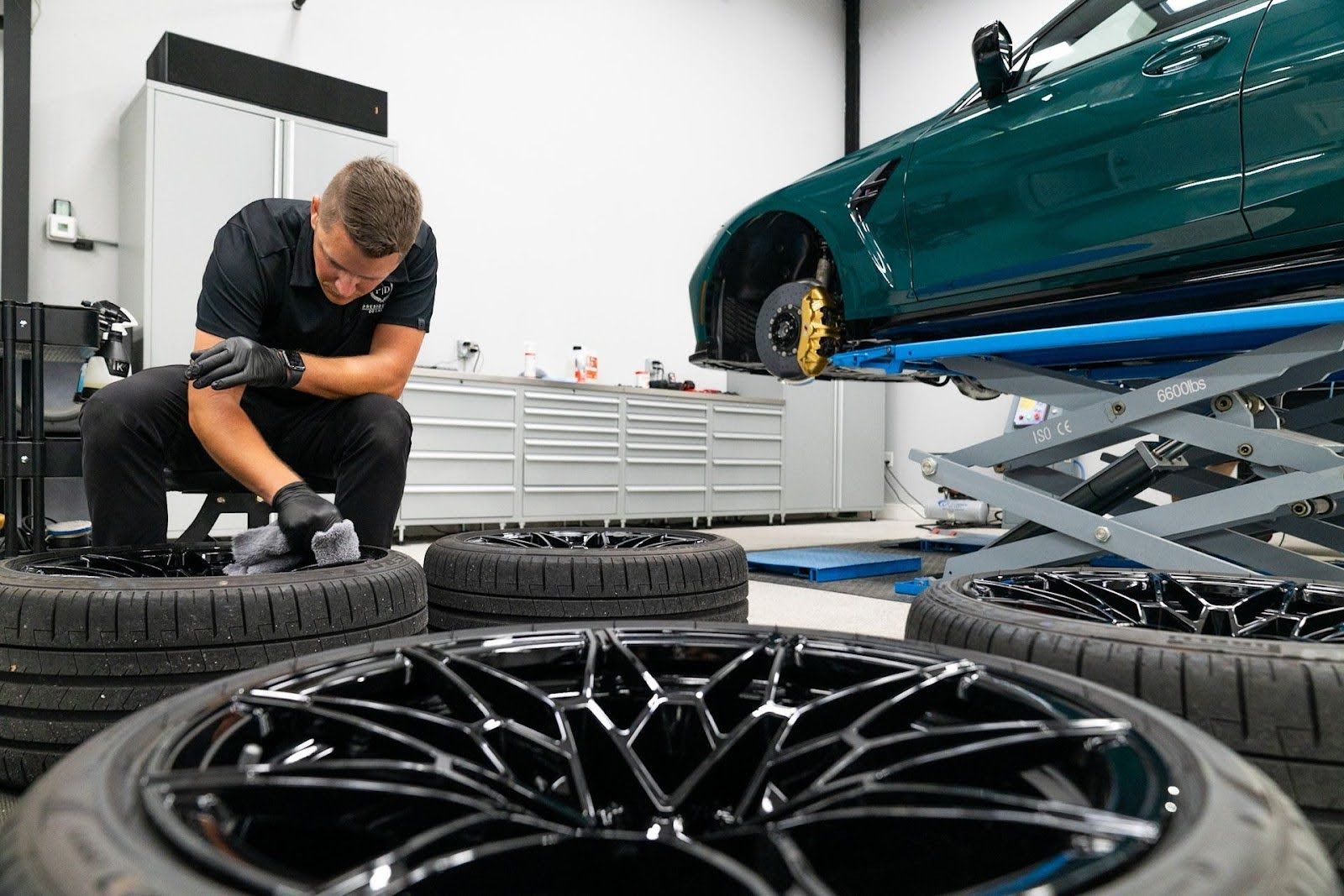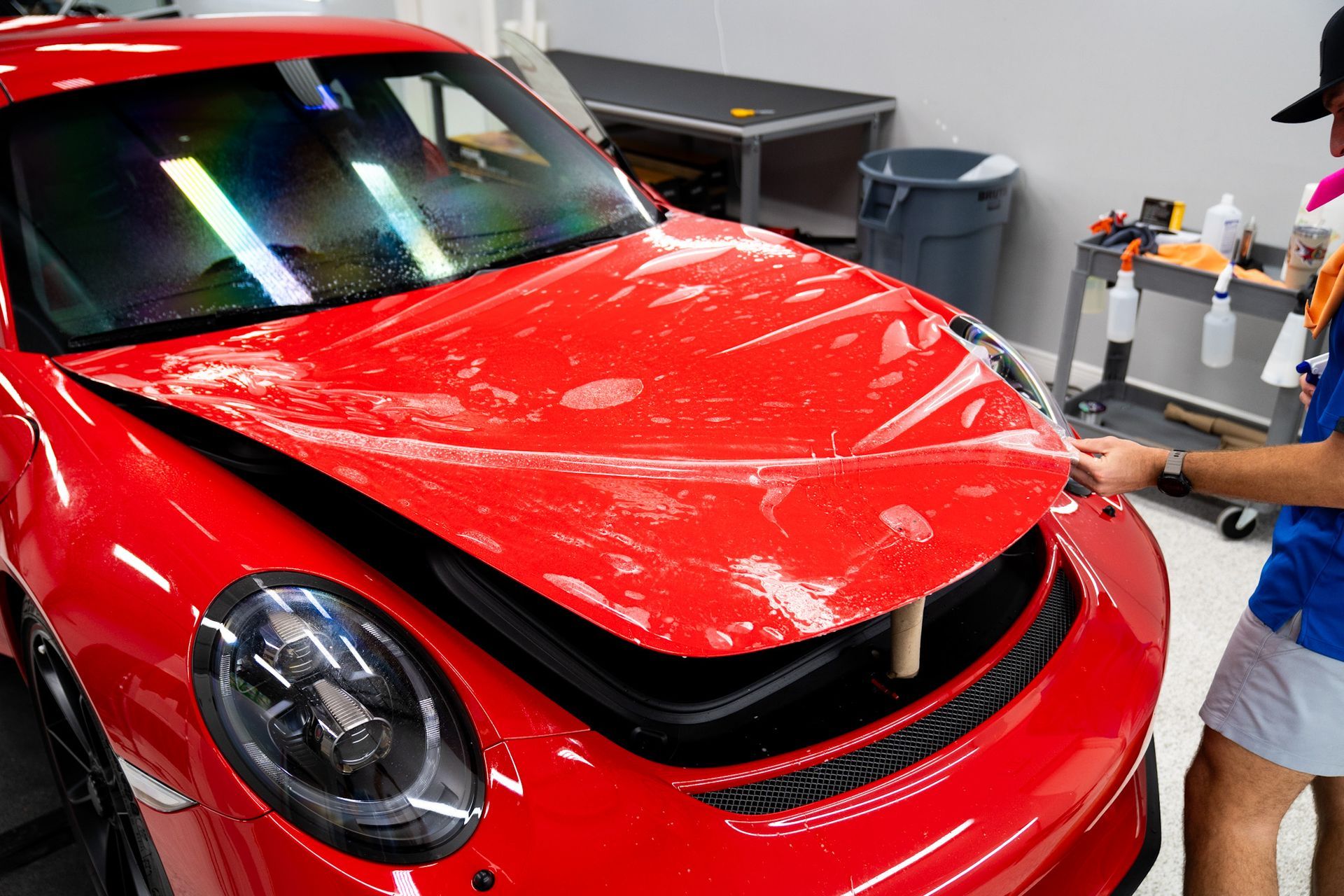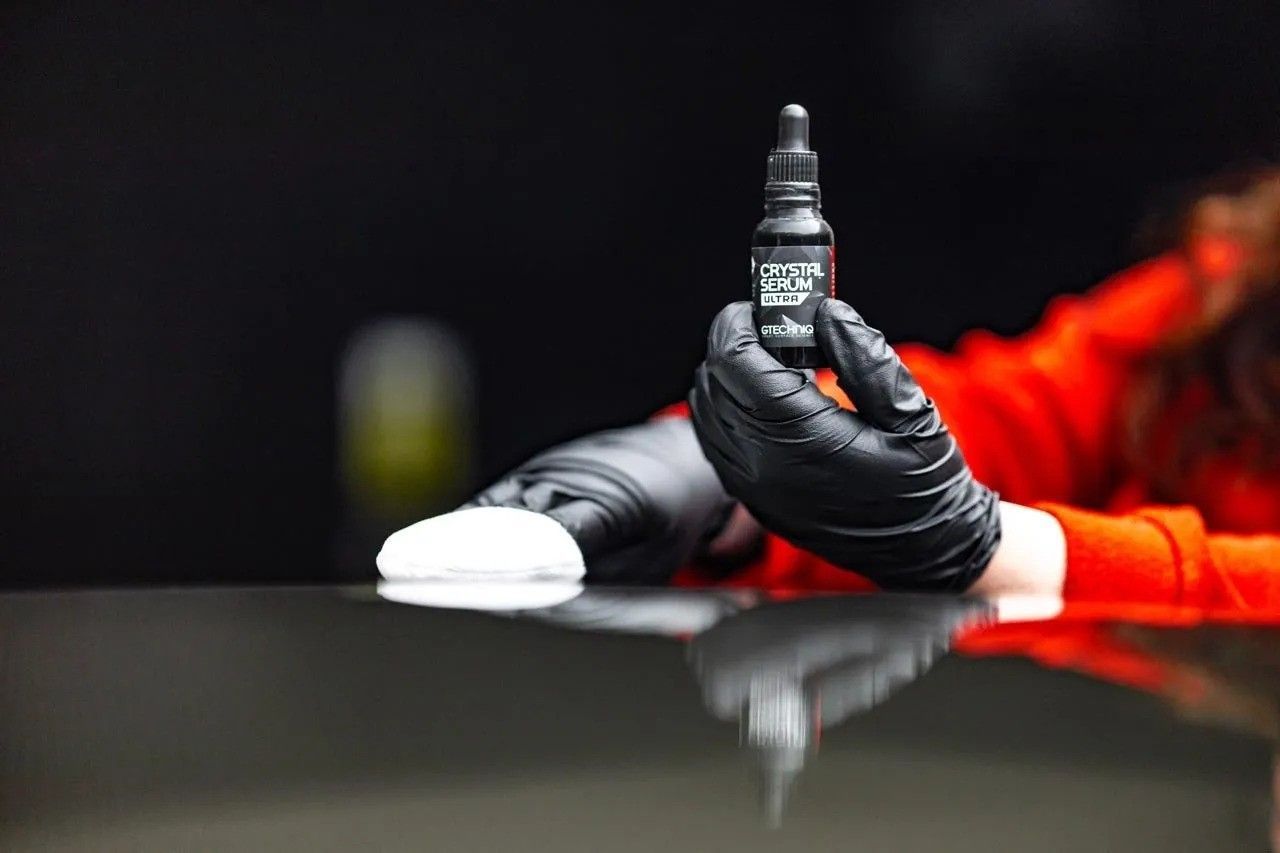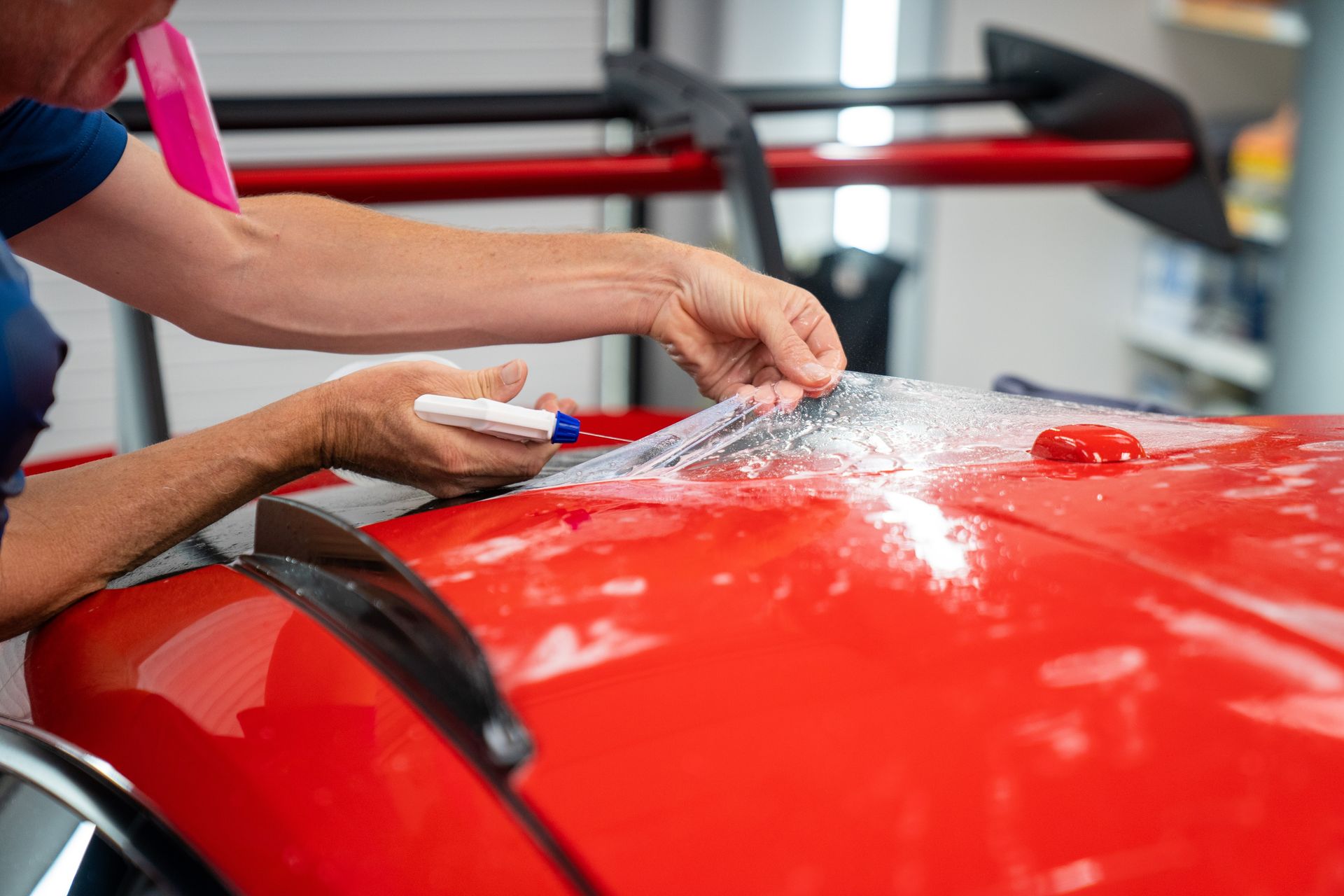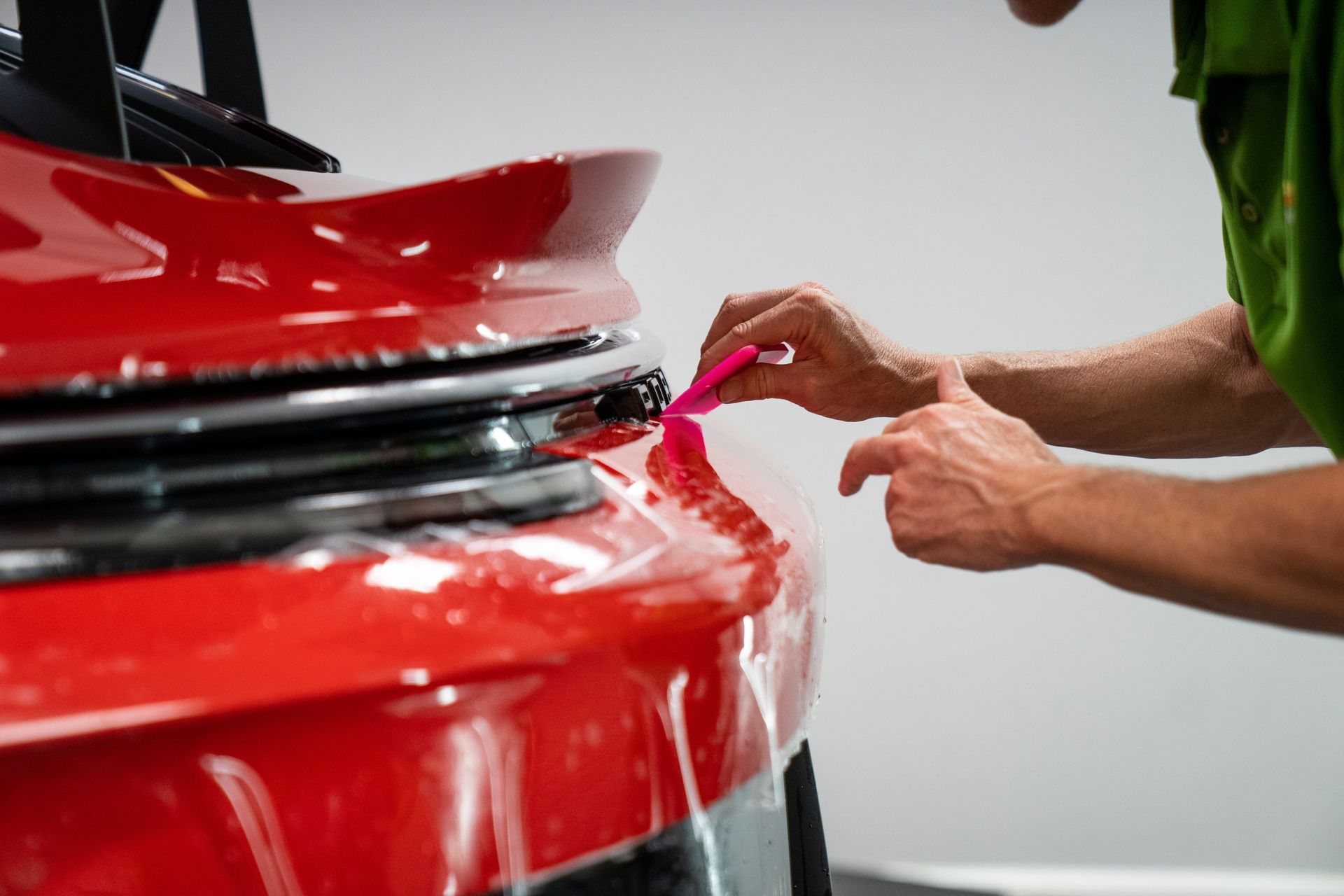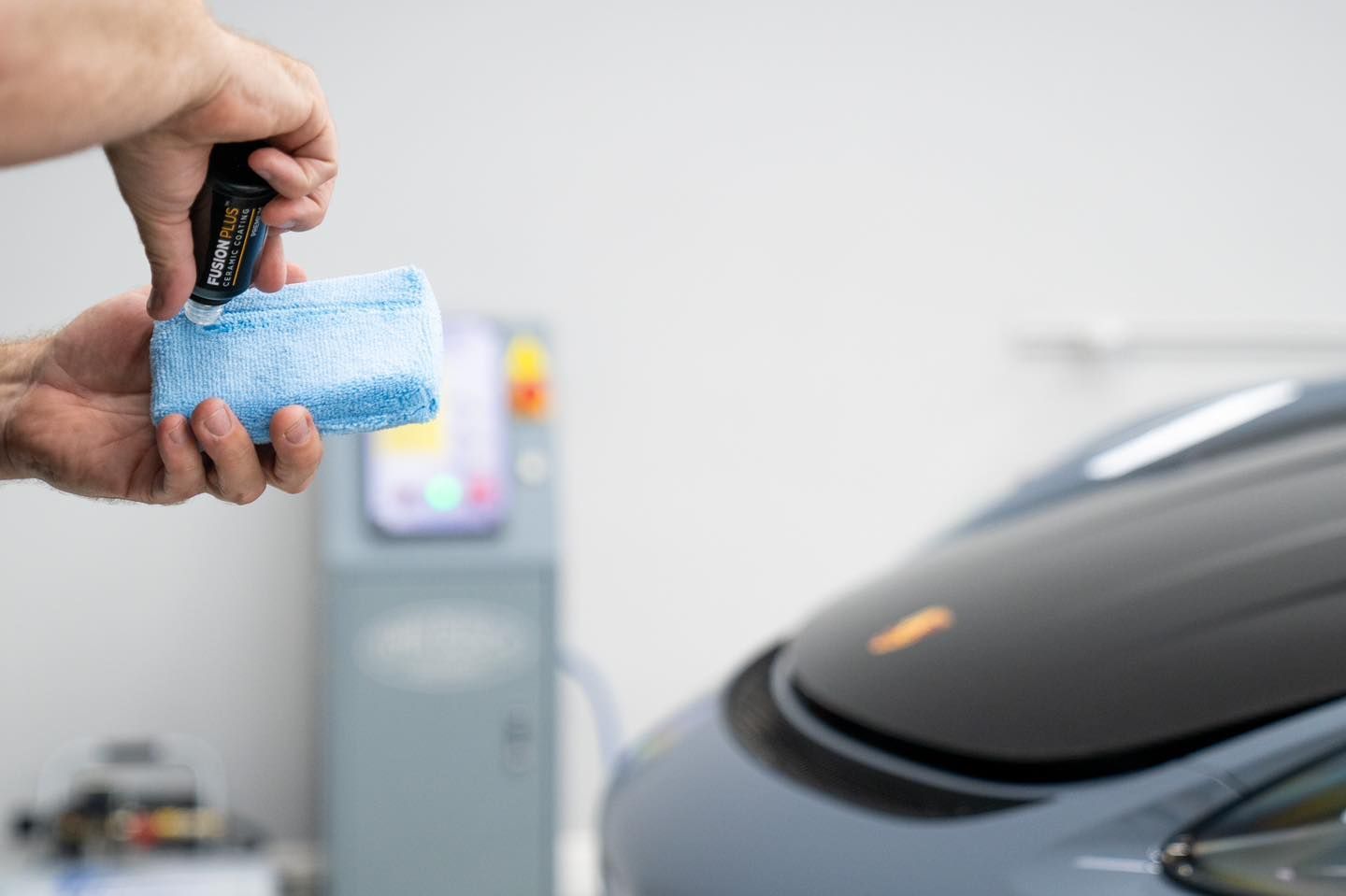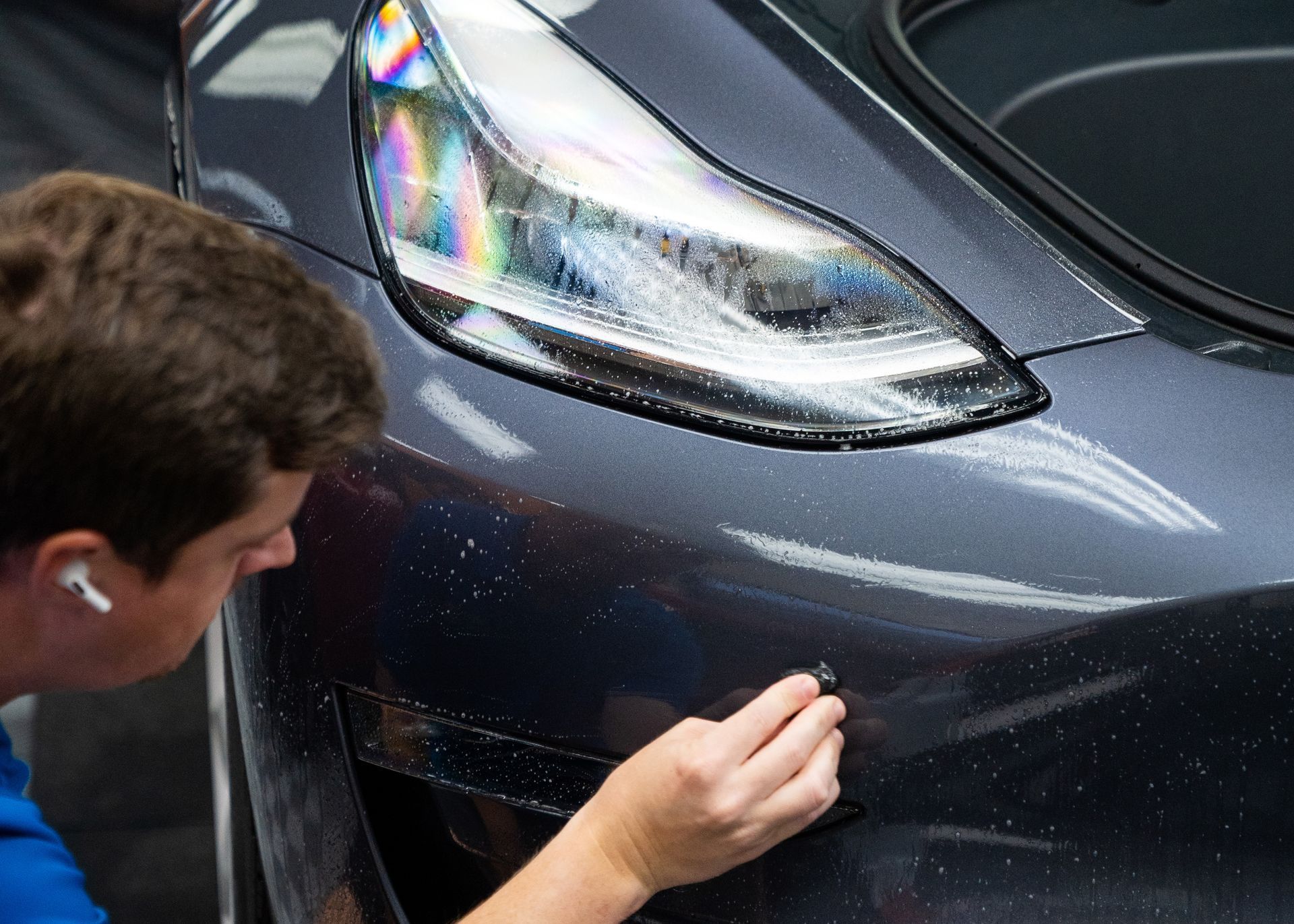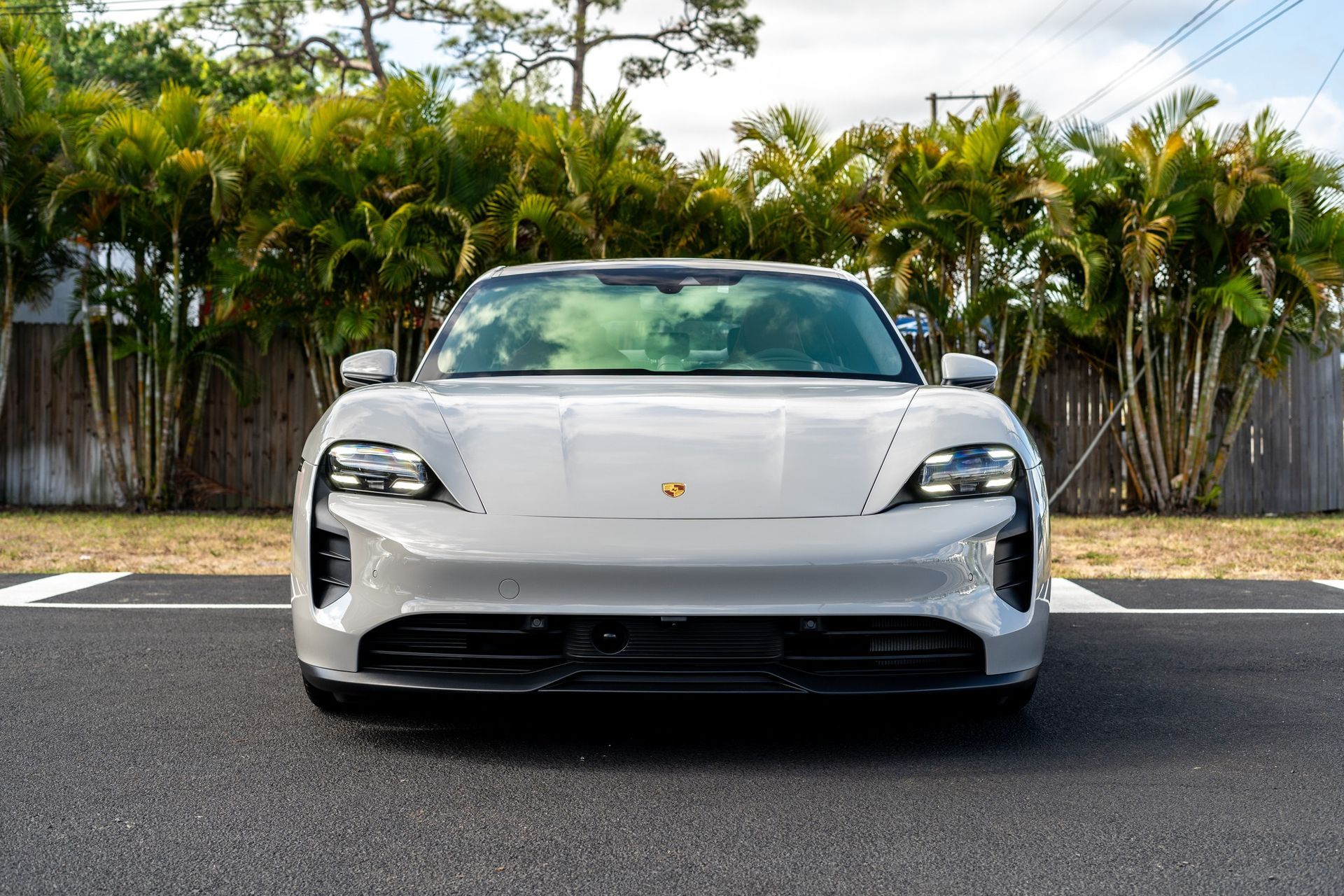About Presidential Automotive Detailing
Founded In 2007, Presidential Automotive Detailing was created by Billy Aylward of Tampa, FL. From its conception, Billy desired to be the Tampa Bay and surrounding area’s leader in high-end detailing and paint correction services. Over the years, the market evolved and ceramic coatings and paint protection film technology advanced, adding even more durable paint protection options for our clients, which we naturally desired to become the leader in these categories as well.
Presidential Detailing is an exceptional automotive paint and surface protection shop located in the Tampa, Florida area. Born out of a small home garage and quickly expanding to be the area’s leading certified Gtechniq and XPEL product installation team, we established the local standard for installing ceramic coating formulas, PPF products, and window tint film packages on a variety of makes and models. In addition to those protection and enhancement packages, we also have a premier paint correction and polishing process to put the shine back in your vehicle’s finish, whether new or old!


